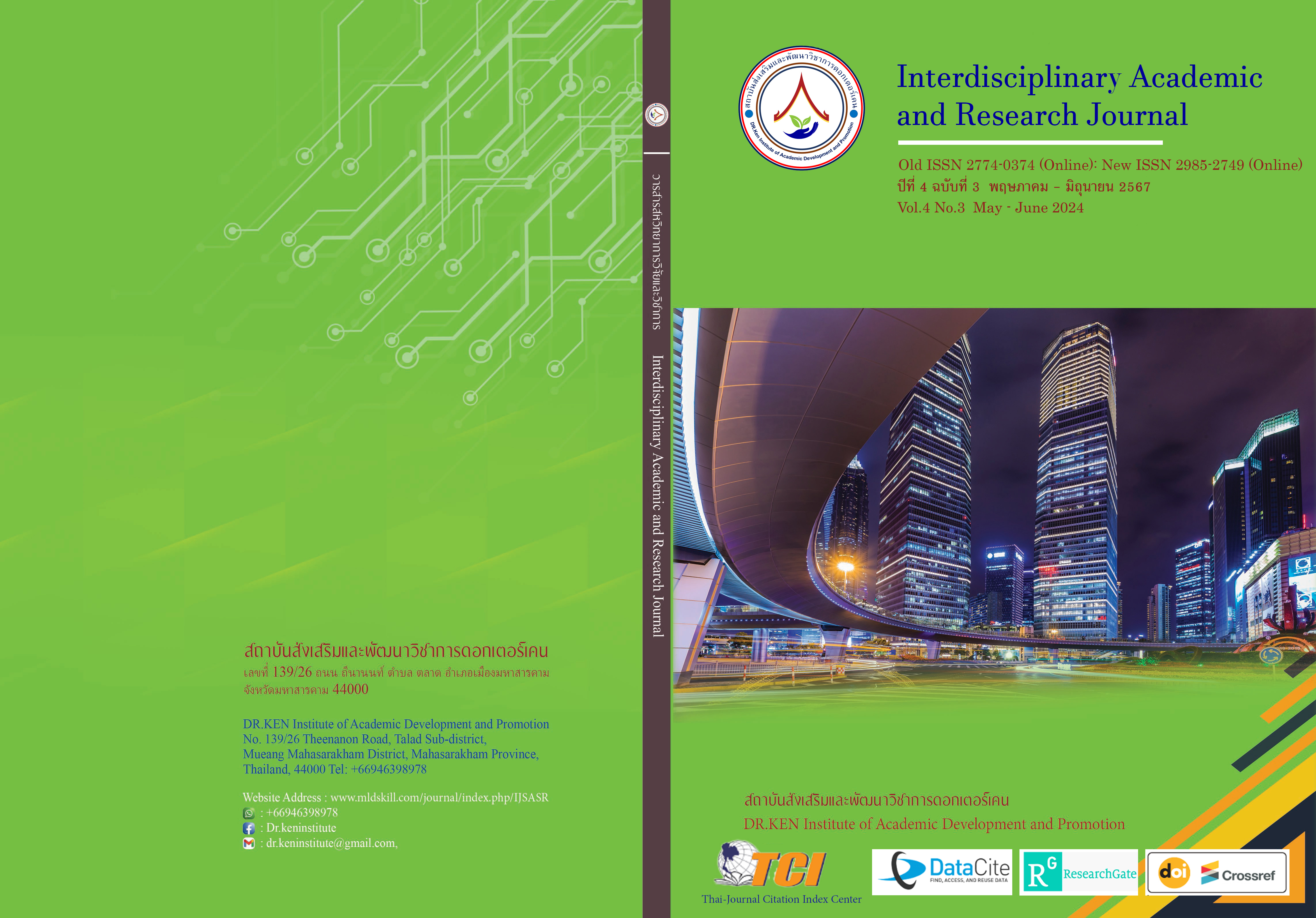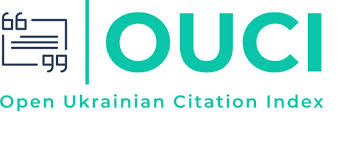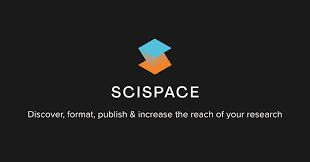การสำรวจภูมิทัศน์ของการจัดการเรียนรู้แบบไม่เป็นทางการ: กลยุทธ์ เทคโนโลยีและผลกระทบ
DOI:
https://doi.org/10.60027/iarj.2024.276782คำสำคัญ:
ภูมิทัศน์;, การจัดการเรียนรู้แบบไม่เป็นทางการ; , กลยุทธ์; , เทคโนโลยี; , ผลกระทบบทคัดย่อ
ความเป็นมาและวัตถุประสงค์: ภูมิทัศน์ของการจัดการเรียนรู้แบบไม่เป็นทางการเป็นสิ่งสำคัญอย่างยิ่ง หากองค์กรต้องการคงศักยภาพความได้เปรียบในการแข่งขันและประสบความสำเร็จตามวัตถุประสงค์ที่กำหนดไว้ เนื่องจากการเรียนรู้แบบไม่เป็นทางการมีลักษณะเป็นพลวัต และเน้นการเรียนรู้อย่างต่อเนื่องที่สามารถนำไปใช้ได้จริง ข้อมูลเกี่ยวกับการจัดการเรียนรู้แบบไม่เป็นทางการจึงเป็นสิ่งจำเป็น ทำให้องค์กรมีข้อมูลในการจัดการเรียนรู้แบบไม่เป็นทางการ ที่สามารถสร้างวัฒนธรรมการพัฒนาอย่างต่อเนื่อง และมีการสร้างสรรค์นวัตกรรม
ระเบียบวิธี: การวิจัยนี้เป็นการวิจัยเอกสาร โดยการรวบรวมและวิเคราะห์วรรณกรรมที่มีชื่อเสียงอย่างเป็นระบบ เพื่อค้นหาข้อเท็จจริงตลอดจนคำศัพท์สำคัญที่เกี่ยวข้องกับกลยุทธ์ เทคโนโลยี และผลกระทบของการจัดการเรียนรู้แบบไม่เป็นทางการ อย่างละเอียดและครอบคลุม การศึกษานี้จะช่วยสร้างความเข้าใจเรื่องการจัดการเรียนรู้แบบไม่เป็นทางการ จากมุมมองที่หลากหลายและแหล่งข้อมูลที่เชื่อถือได้
ผลการวิจัย: แนวคิดหลักในการสำรวจภูมิทัศน์ของการจัดการเรียนรู้แบบไม่เป็นทางการครอบคลุมหลายมิติ ประการแรก เกี่ยวข้องกับองค์ประกอบของการเรียนรู้แบบไม่เป็นทางการ ได้แก่ การเรียนรู้ทางสังคม ประสบการณ์จากการทำงาน และการแลกเปลี่ยนเรียนรู้ซึ่งกันและกัน การรับรู้องค์ประกอบดังกล่าวช่วยให้องค์กรสามารถใช้ประโยชน์เชิงกลยุทธ์และสนับสนุนการริเริ่มการจัดการเรียนรู้แบบไม่เป็นทางการได้อย่างเหมาะสม ประการที่สอง เทคโนโลยีที่เอื้อต่อการจัดการเรียนรู้แบบไม่เป็นทางการมีบทบาทสำคัญ เป็นต้นว่า การใช้โปรแกรมประยุกต์ (Application) แพลตฟอร์มสื่อสังคม (Facebook, Twitter และ LinkedIn) และแพลตฟอร์มประสบการณ์การเรียนรู้ (Learning Experience Platform) สามารถสนองความต้องการที่หลากหลายของผู้เรียนได้เป็นอย่างดี โดยเฉพาะในภูมิทัศน์สมัยใหม่ที่โลกถูกขับเคลื่อนด้วยเทคโนโลยี ประการที่สาม การจัดการเรียนรู้แบบไม่เป็นทางการ มีผลกระทบต่อการพัฒนาองค์กร ทำให้บุคลากรมีประสิทธิภาพในการทำงานมากขึ้น เกิดมีวัฒนธรรมนวัตกรรม และองค์กรต้องปรับตัวให้สอดคล้องกับการเปลี่ยนแปลงและความก้าวหน้าทางเทคโนโลยี องค์กรจึงมีความจำเป็นที่จะต้องกำหนดให้มีการเรียนรู้อย่างไม่เป็นทางการในโครงสร้างขององค์กร
สรุปผล: การสำรวจภูมิทัศน์ของการจัดการเรียนรู้แบบไม่เป็นทางการนี้ แสดงให้เห็นถึงความสำคัญของการทำความเข้าใจกับรูปแบบการเรียนรู้ที่หลากหลาย การใช้ประโยชน์จากเทคโนโลยีอย่างมีกลยุทธ์ และความจำเป็นที่จะต้องมีการบูรณาการการเรียนรู้อย่างไม่เป็นทางการกับโครงสร้างองค์กร เพื่อให้สอดคล้องกับความก้าวหน้าทางเทคโนโลยีและเพื่อเพิ่มศักยภาพของบุคลากรในการขับเคลื่อนเส้นทางการเรียนรู้
เอกสารอ้างอิง
Bandura, A. (1977). Social learning theory. Prentice-Hall.
Billett, S. (2001). Learning in the workplace: Strategies for effective practice. Allen & Unwin.
Bingham, T., & Conner, M.L. (2015). The new social learning: Connect. Collaborate. Work (2nd ed.). Berrett-Koehler Publishers.
Bonk, C.J. (2006). Blended learning systems: Definition, current trends, and future directions. In C.J. Bonk & C.R. Graham (Eds.), The Handbook of blended learning: Global perspectives, local designs (pp. 3–21). Pfeiffer.
Chatti, M.A., Dyckhoff, A.L., & Schroeder, U. (2012). Learning and knowledge building with wikis: A systematic review. Educational Technology & Society, 15(4), 32–47.
Childress, M.D., & Spurgin, K.A. (2009). Learning from leadership: Investigating the links to improved student learning. AASA Journal of Scholarship and Practice, 6(4), 12–22.
Clark, R.C., & Mayer, R.E. (2016). E-learning and the science of instruction: Proven guidelines for consumers and designers of multimedia learning. John Wiley & Sons.
Crompton, H. (2013). A historical overview of mobile learning: Toward learner-centered education. In Z.L. Berge & L.Y. Muilenburg (Eds.), Handbook of mobile learning (pp. 3–14). Routledge.
Cross, J. (2007). Informal learning: Rediscovering the natural pathways that inspire innovation and performance. Pfeiffer.
Dabbagh, N., & Kitsantas, A. (2012). Personal learning environments, social media, and self-regulated learning: A natural formula for connecting formal and informal learning. The Internet and Higher Education, 15(1), 3–8.
Dillenbourg, P. (1999). What do you mean by collaborative learning? In P. Dillenbourg (Ed.), Collaborative learning: Cognitive and computational approaches (pp. 1–19). Elsevier.
Ellinger, A.D., & Bostrom, R.P. (2002). Managers' perceived benefits of and barriers to learning: An exploratory investigation. Human Resource Development Quarterly, 13(2), 151–169.
Eraut, M. (2004). Informal learning in the workplace. Studies in Continuing Education, 26(2), 247–273.
Ford, J.D. (2009). Organizational change as shifting conversations. Journal of Organizational Change Management, 22(1), 26–50.
Google. (n.d.). The Google 20% project. Retrieved December 15, 2023, from https://20percentproject.withgoogle.com/
Graham, C.R. (2013). Emerging practice and research in blended learning. The Internet and Higher Education, 18, 38–50.
Horton, W. (2014). E-learning by design. John Wiley & Sons.
Lave, J., & Wenger, E. (1991). Situated learning: Legitimate peripheral participation. Cambridge University Press.
Levy, P. (1997). Collective intelligence: Mankind's emerging world in cyberspace. Perseus Books.
Manca, S., & Ranieri, M. (2016). Is Facebook still a suitable technology-enhanced learning environment? An updated critical review of the literature from 2012 to 2015. Journal of Computer Assisted Learning, 32(6), 503–528.
Marsick, V.J., & Volpe, M. (1999). The nature and need for informal learning. Advances in Developing Human Resources, 1(3), 1-9.
Marsick, V.J., & Watkins, K.E. (1990). Informal and incidental learning in the workplace. Routledge.
Nielsen, M. (2017). Reinventing discovery: The new era of networked science. Princeton University Press.
Phillips, J.J., & Phillips, P.P. (2017). Measuring the success of learning through technology: A guide for measuring impact and calculating ROI on e-learning, blended learning, and mobile learning. American Society for Training and Development.
Piaget, J. (1970). Piaget's theory. In P. H. Mussen (Ed.), Carmichael's manual of child psychology (Vol. 1, pp. 703–732). Wiley.
Ragins, B.R., & Kram, K.E. (2007). The handbook of mentoring at work: Theory, research, and practice. SAGE Publications.
Richter, S., & Adkins, B. (2020). The learning experience platform (LXP) market 2020. Fosway Group.
Rosenberg, M.J. (2001). E-learning: Strategies for delivering knowledge in the digital age. McGraw-Hill.
Sharples, M., Adams, A., Alozie, N., Ferguson, R., FitzGerald, E., Gaved, M., & Whitelock, D. (2019). Innovating pedagogy 2019: Open University innovation report 7. The Open University.
Siemens, G. (2005). Connectivism: A learning theory for the digital age. International Journal of Instructional Technology and Distance Learning, 2(1), 3–10.
M. (n.d.). 15% culture. Retrieved December 15, 2023, from https://www.3m.com/
Traxler, J. (2009). Learning in a mobile age. International Journal of Mobile and Blended Learning, 1(1), 1–12.
Veletsianos, G. (2012). Higher education scholars’ participation and practices on Twitter. Journal of Computer Assisted Learning, 28(4), 336–349.
Veletsianos, G., & Navarrete, C.C. (2012). Online social networks as formal learning environments: Learner experiences and activities. The International Review of Research in Open and Distributed Learning, 13(1), 144-166.
Vygotsky, L.S. (1978). Mind in society: The development of higher psychological processes. Harvard University Press.
Wenger, E., McDermott, R., & Snyder, W.M. (2002). Cultivating communities of practice: A guide to managing knowledge. Harvard Business Review Press.
ดาวน์โหลด
เผยแพร่แล้ว
รูปแบบการอ้างอิง
ฉบับ
ประเภทบทความ
สัญญาอนุญาต
ลิขสิทธิ์ (c) 2024 Interdisciplinary Academic and Research Journal

อนุญาตภายใต้เงื่อนไข Creative Commons Attribution-NonCommercial-NoDerivatives 4.0 International License.
ลิขสิทธิ์ในบทความใดๆ ใน Interdisciplinary Academic and Research Journal ยังคงเป็นของผู้เขียนภายใต้ ภายใต้ Creative Commons Attribution-NonCommercial-NoDerivatives 4.0 International License การอนุญาตให้ใช้ข้อความ เนื้อหา รูปภาพ ฯลฯ ของสิ่งพิมพ์ ผู้ใช้ใดๆ เพื่ออ่าน ดาวน์โหลด คัดลอก แจกจ่าย พิมพ์ ค้นหา หรือลิงก์ไปยังบทความฉบับเต็ม รวบรวมข้อมูลเพื่อจัดทำดัชนี ส่งต่อเป็นข้อมูลไปยังซอฟต์แวร์ หรือใช้เพื่อวัตถุประสงค์ทางกฎหมายอื่นใด แต่ห้ามนำไปใช้ในเชิงพาณิชย์หรือด้วยเจตนาที่จะเป็นประโยชน์ต่อธุรกิจใดๆ

















